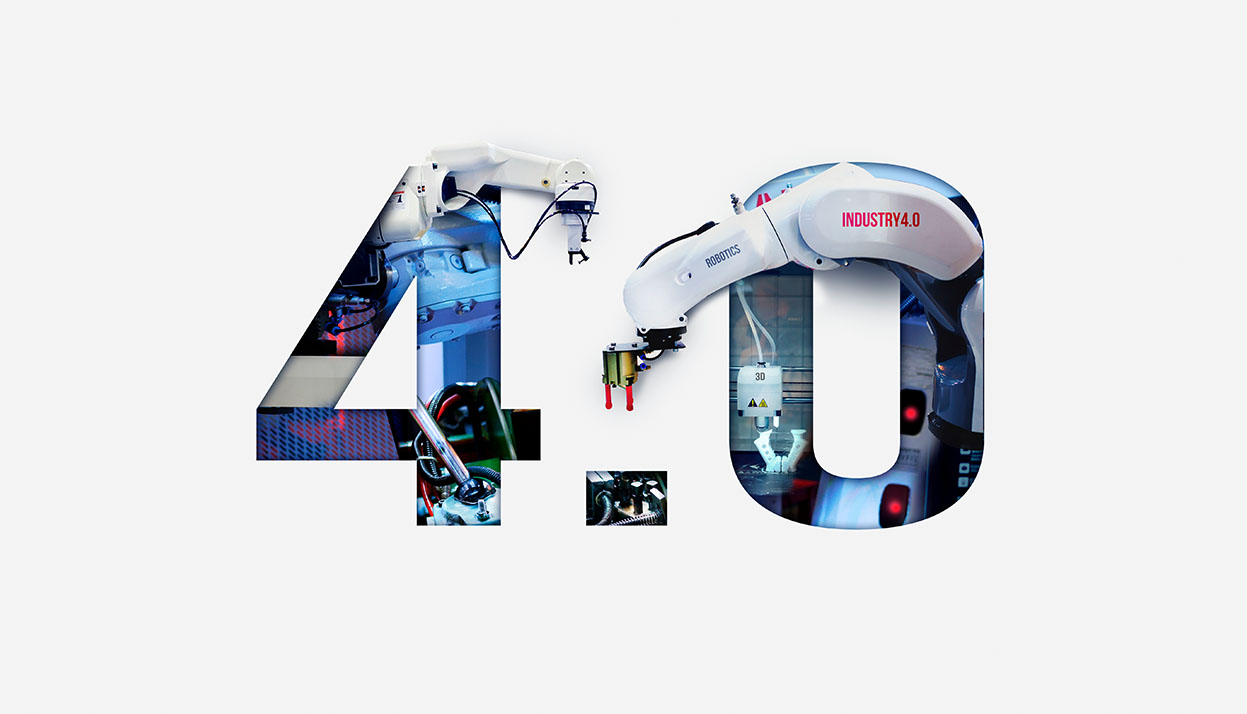- 17-03-2021
- Articles
Industry 4.0 technologies
Industry 4.0 technologies played a decisive role in the response to the pandemic in many sectors, but the crisis is bringing new challenges to the future of digital industrialisation. Now companies must rethink the direction of their operational strategies, changing both the industrial aspects they seek to approach and the use of the Industry 4.0 technologies required to achieve them.

In 2020, the fundamentals of industrial digitalisation faced their biggest challenge to date. As a result of the worst health and economic crisis in recent history, companies in all industrial sectors – including Zamak, Magnesium and Lead die casting – were forced to take extraordinary measures in order to protect their employees and stay in business. While some were struggling to keep operating facing staff or raw material shortages, others strived to meet unexpected peaks in demand. In this context, were really Industry 4.0 technologies (or the Fourth Industrial Revolution) a key driver during the Covid-19 crisis?
Industry 4.0 technologies in times of crisis
There is no doubt about it. Companies that had successfully implemented Industry 4.0 applications before the pandemic were in a better position when responding to the crisis. For example, some companies created digital twins of their supply chain before the outbreak of Covid-19 thanks to new technologies.
A digital twin is a “living” model of the devices and processes of an industrial plant, connected to the real system through cyber-physical systems (CPS). In this way, a safe and secure environment for experimentation is obtained. Thanks to these models, multiple scenarios could be anticipated during the pandemic, in preparation for sudden factory shutdowns or interruptions in the supply of raw materials, for example.
Digital transformation: where do we stand?
While many Industry 4.0 technologies have been of great benefit to early adopters, the pandemic has also forced companies to re-evaluate the progress of their own digital transformations as they face the challenges of this pandemic.
There are two reasons for this change in the way business development is perceived as part of the Fourth Industrial Revolution. To begin with, the expected efficiency levels for these processes is becoming higher by the day. The success of Industry 4.0 technologies is no longer measured by their ability to create added value during the industrial activity, as it has been done so far, but they are also expected to be useful in difficult times, such as the Covid-19 crisis.
On the other hand, exposing Industry 4.0 technology platforms to a battle test, such as the pandemic, may have shown that we are still a long way to go before the new technologies are fully implemented. Broadly speaking, the Fourth Industrial Revolution is a reality, and no one wants to be excluded. The aim is to move ahead with plans for digital transformation, despite the problems of the pandemic, and Industry 4.0 technologies remain a priority for many sectors, such as the die casting of Zamak, Magnesium and Lead parts.
Industry 4.0 technologies: a shift in industrial priorities
Not surprisingly, the unique circumstances of the pandemic have upgraded industrial resilience and flexibility into top strategic priorities, before productivity gains and cost minimisation, which used to be the main objectives for any company in normal times.
Now companies must rethink the direction of their operational strategies, changing both the industrial aspects they seek to approach and the use of the Industry 4.0 technologies required to achieve them.
In addition to the shift in the priorities for Industry 4.0, there is also a convergence between sectors when it comes to approaching this technological change. Before the pandemic, the main drivers of digitisation played different roles depending on the sector involved. Today, agility, flexibility and productive efficiency have jumped across all sectors as key priorities.